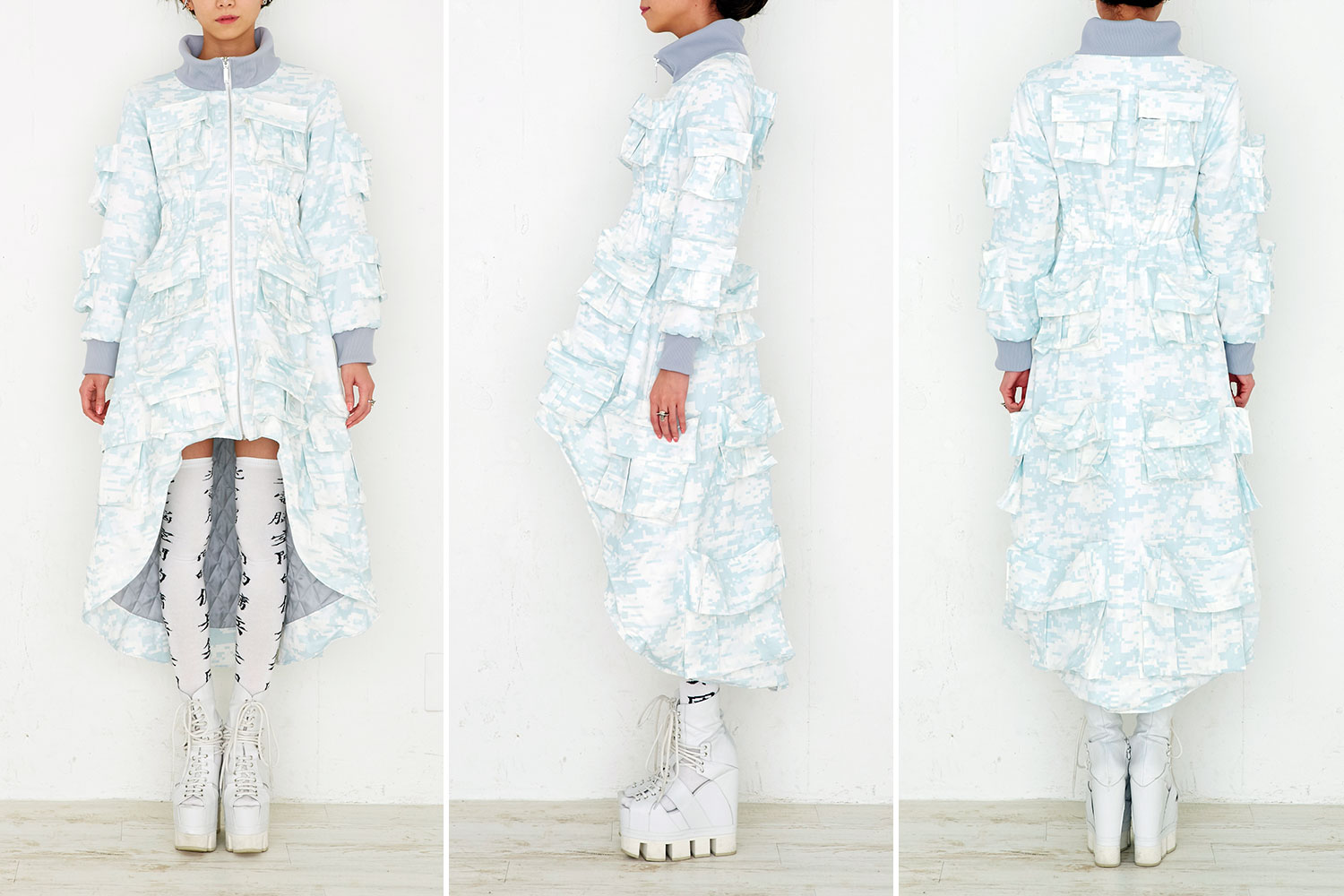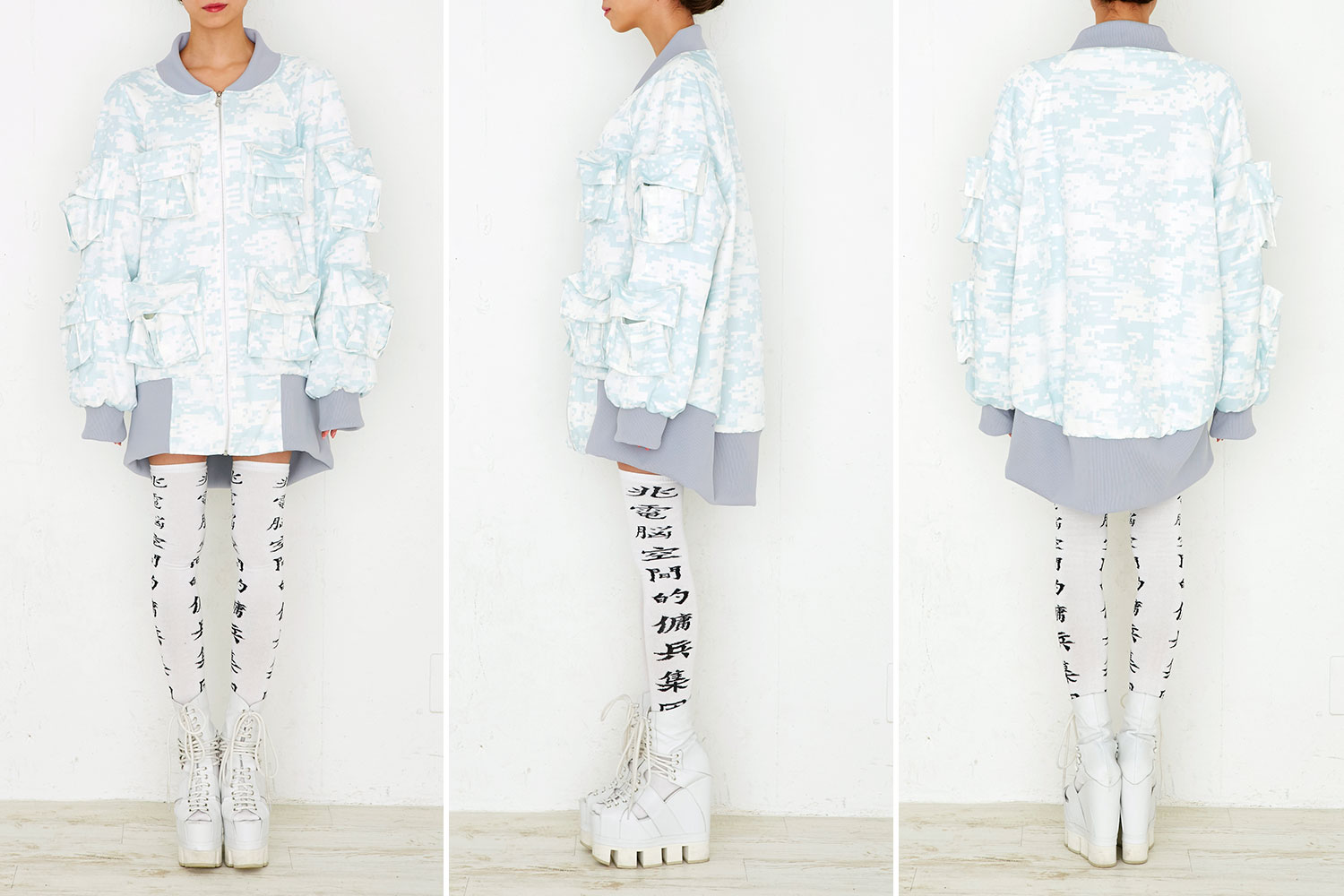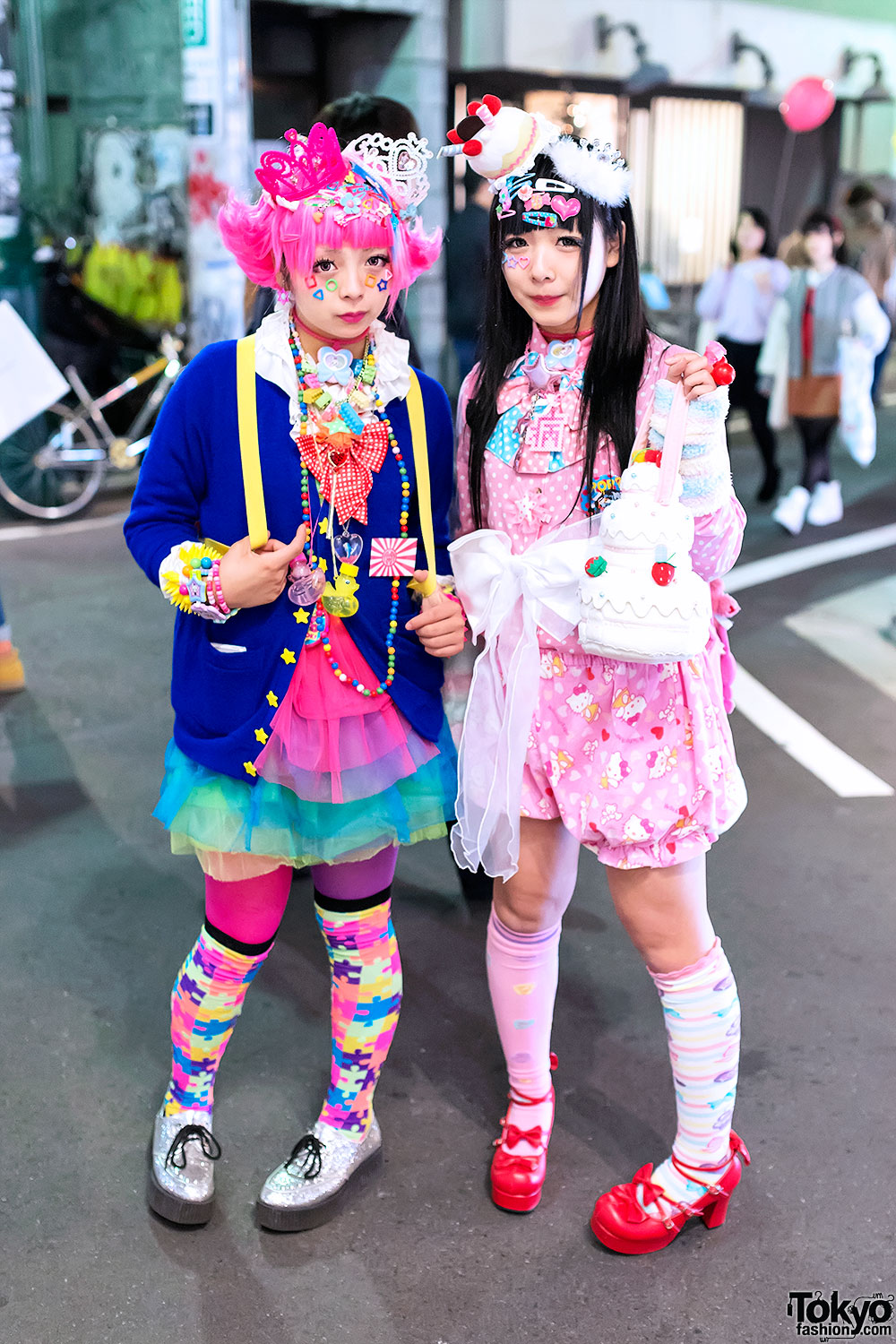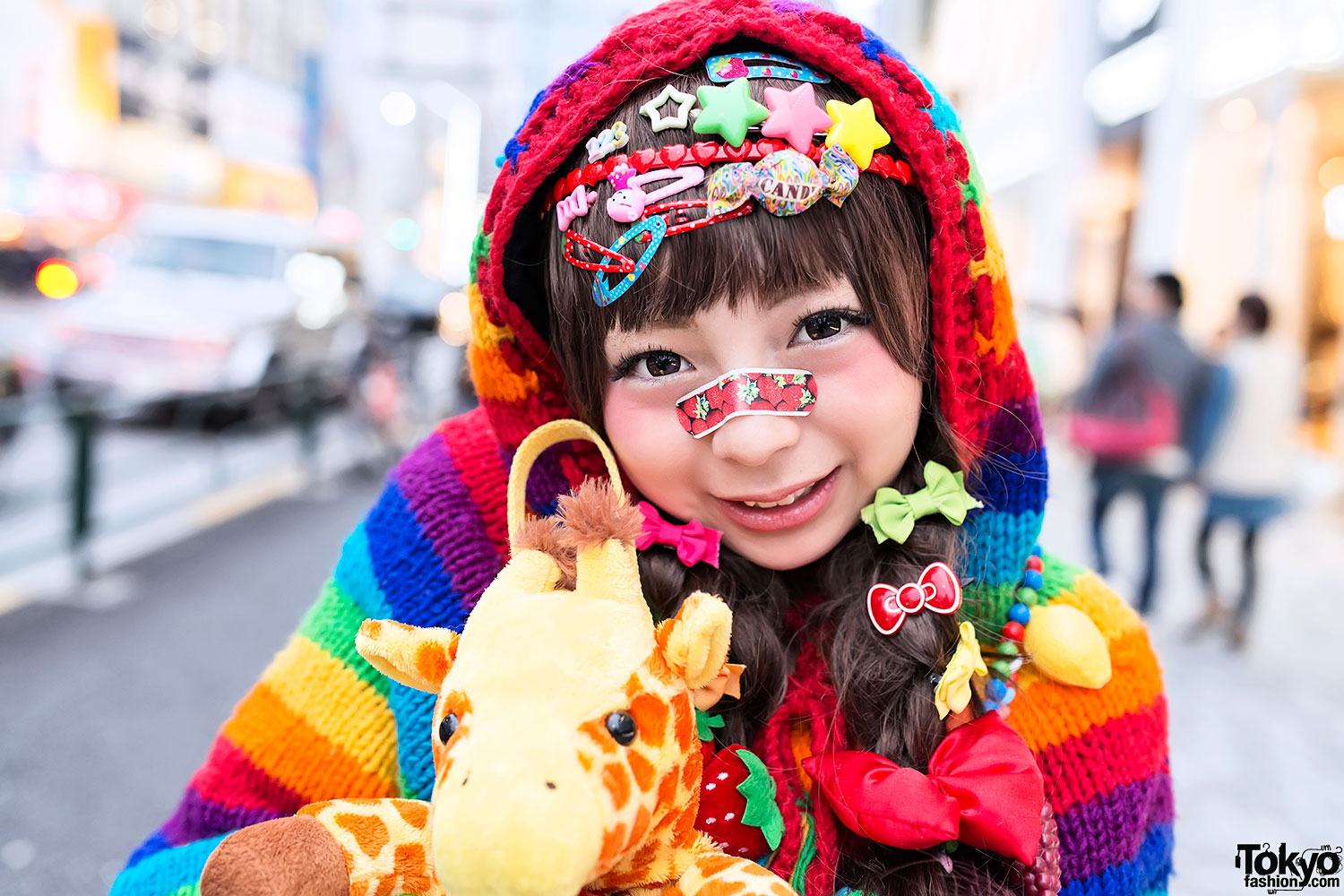The the Roaring Twenties was definitely an interesting decade. Although when I was younger I did not like twenties, I now think it was one of the most fascinating time in fashion history. Why? Because basically in ten years it went from long restricting dresses with corsets to flashy Flapper girls. Quite a big change, if you ask me. Corsets(which are my worst enemy when it comes to fashion), have been around since the 1600's. Then boom! In the twenties they were wiped away.
Part of the reason why the twenties was such a big change I think, was because of the suffragette movement. Women were already in a rebellious mood during the twenties because it was literally right after the time they received the right to vote from the government. In 1919 it was made legal for women to vote, and ratified in 1920.
On top of that, before there was WW1 too. The war also encouraged the major changes in fashion. Because of shortages/conservation in cloth, hems became shorter and simpler during WW1.
Aside from political events and war, during the twenties iconic fashion designers were rising and shifting fashion in a new direction as well. Madeleine Vionnet, Coco Chanel, Elsa Schiaparelli, and Paul Poiret all had something do to with the twenties. Firstly, Madeleine Vionnet greatly influenced fashion with her elegant greek inspired dresses, turning people into living sculptures.
Coco Chanel popularized the tan, dropped hip, and the color black through her invention of the little black dress.
While Paul Poiret may not have been successful during the twenties, he is still looked upon as a historical fashion figure during that time through his use of "Orientalism" and his iconic asian inspired "lampshade" tunics.
Elsa Schiaparelli, with her fun surreal fashion style, is remembered for her "divided skirt," "Tear Dress" and shoe hats.
All four designers rejected the corset and greatly influenced the twenties.
I mentioned Orientalism before when I was talking about Paul Poiret, however I doubt you know what that is. I didn't. Orientalism is usually referred to as a style of art inspired by asia and the middles east, or "of the Orient."
In fashion, it is the same. If you look closely at fashion in the 1920s you will notice a correlation between Orientalism and fashion.
Of course you cannot write about the Roaring Twenties without at least mentioning the Flappers. Though no one really knows where exactly the term "Flappers" came from(although there are great many guesses), but these girls were notorious for being the rebels of that age. They were the ones who really pushed the limits of breaking tradition. Higher hemlines, looser garments, and sleeveless clothing were all things the Flapper girls adopted. Who knows, maybe if the Flapper revolution never happened, women would still be wearing corsets today! When you think of a "Flapper," you probably think of those fringed dresses.
Yes, Flappers did wear them, and yes, it was their trademark. They were known for having an inexhaustible appetite for dancing, and because of this, they wore those Flapper Dresses that flapped while dancing. However, the name "Flapper" simply meant a modern lady of the 1920s.
Sadly, due to the Great Depression, Flappers came and went. This was the peak of the Roaring Twenties.
So, in conclusion, the 1920's changed the course of fashion. Suffragettes and World War I forced some of that change. Madeleine Vionnet, Coco Chanel, Paul Poiret, and Elsa Schiaparelli were all alive and kicking during this time, influencing fashion as well. Flappers readily adopted this change in fashion and without them women would probably still be in long dresses and corsets.
Change is why I love the Twenties so much. This decade was so different from any other time, I don't know how you could not like the Roaring Twenties.
























